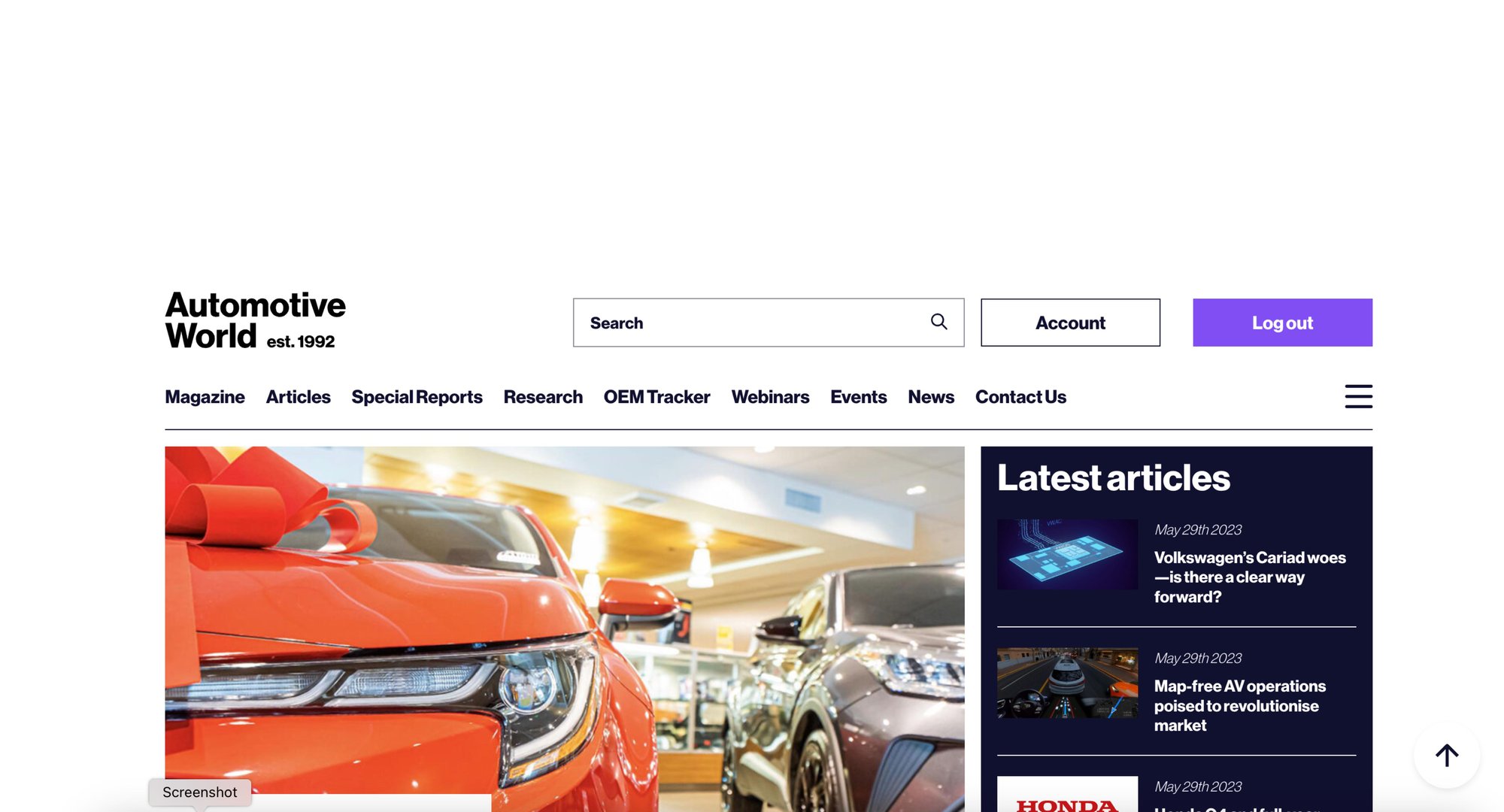Automotive World interviews Kognic
Kognic CEO & Co-founder Daniel Langkilde was recently featured in Automotive World, the leading trade journal for global automotive executives, discussing the future of automated driving and the critical role of perception quality in building safe, reliable systems.
Following the UK's approval of Level 2 automation for 2,300 miles of roads across England, Scotland, and Wales, Daniel spoke with journalist Will Girling about what it takes to advance driver assistance systems toward full autonomy. Here are key insights from the conversation:
Trust Through Verification
To build trust with customers and regulators, automakers must reliably substantiate their Level 2 systems' capabilities. "Creating an AD system is difficult and can always be improved upon," Daniel explains. "We're focused on improving cars' ability to see things in the real world. Humans need to pass a driving test before they're allowed on the road, so why should AVs be any different?"
Seeing the World Accurately
ADAS and AD systems rely on sensors like cameras, radar, and LiDAR to perceive their environment. AI and machine learning algorithms interpret this visual data into a navigable 3D map. Kognic identified a critical gap in this process: the quality and completeness of perception data directly impacts system performance. The company focuses on "performance-critical" functions, particularly those involving close-quarters driving like parallel parking, with testing methodology that applies across all SAE automation levels.
Defining What Matters
Kognic's Perception Analytics product uses a quality measurement and statistics engine to quantify how datasets impact ADAS/AD system performance. "Most automakers are surprised by the necessary datapoints they haven't defined," says Daniel. Examples include failing to establish what constitutes a driveable road surface or not considering the perception range requirements for high-speed driving. Identifying and correcting these gaps is essential not only for safety but for creating systems that work reliably in real-world conditions.
Read the full article at Automotive World (subscription may apply).
Share this
Written by

.png?width=2000&name=kognic%20logo-black%20(1).png)
